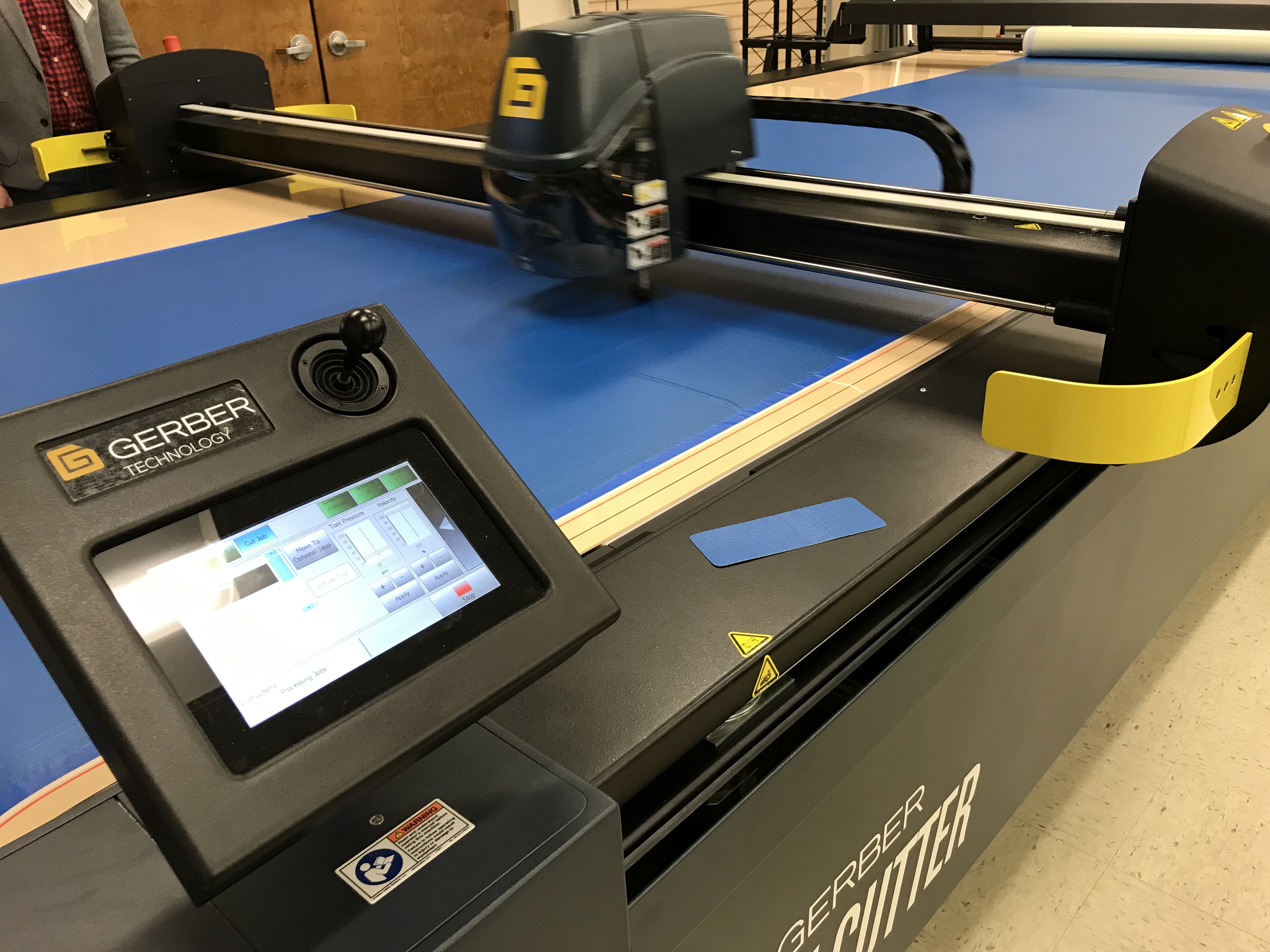
There are many choices to be made in considering the best pathway to a more sustainable operation for a company. This gets even more complex for a manufacturer, but equipment providers for textile end product manufacturers are willing and able to support a business’s larger plan.
At the recent Ideation Industrial Fabrics 2024 conference in Tolland, Conn., end product manufacturers gathered at Lectra’s manufacturing facility to hear about the company’s latest innovations and discuss issues of interest in the industrial textiles field. As a speaker at the event, I was not alone in claiming that sustainability will continue to be an important driver in the textile industry, as businesses along the value chain and end product customers alike realize the benefits of more sustainable practices and products.
Lectra America’s president, Lenny Marano, spoke about the company’s “Industry 4.0” strategy in positioning the company to be a leader in implementing artificial intelligence (AI). One advantage is AI’s ability to provide “predictive maintenance,” which tells the manufacturer when maintenance should be done in advance of a time-consuming—and potentially costly—breakdown.
A global company, Lectra sells plotter and cutters, associated software and provides services for a variety of textile markets including aerospace, marine, protective and others, but specializes in apparel, furniture and automotive sectors. Furniture manufacturers have migrated to on-demand production, which they can do faster and more efficiently,” Marano says, “That’s a permanent shift.”
The company offers its customers a more sustainable process in a newer “Furniture On Demand,” system, to help furniture makers, its website says, “simplify cutting preparation and reduce key person dependency.”
Automotive, Marano says, is “typical mass production.” But garment companies, too, are moving to fashion on demand. “In Europe this is used for high fashion,” he says, but in the U.S., it is currently more likely found in customized protective wear or armor.
Changes in the mechanics, one might say, of plotting and cutting haven’t been revolutionary, although cutting has improved. But “the real revolution has been about managing the data throughout the process,” he says, and it’s where efficiencies can be realized.
Dealing with new materials
“Generally, if it’s a flexible material, we can cut it,” he says. However, innovative new materials, such as fiberglass or dry carbon are more challenging, but “we’ve developed very specific features to deal with these new challenges,” he adds.
By using “competitive benchmarking, a producer can manage a portfolio, “so that you’re not going to throw products; so you know the product is going to be sold.”
Also, access to 3D CAD design can help reduce samples and waste. “A designer might have 10 sample cycles,” he says. “We take that down to two or three.”
In spite of the innovations now available to producers, there are machines still in use that were launched in the 1970s, he says, “and that’s supporting sustainability, too.”
Janet Preus is senior editor of Textile Technology Source. She can be reached at janet.preus@textiles.org.
 TEXTILES.ORG
TEXTILES.ORG


